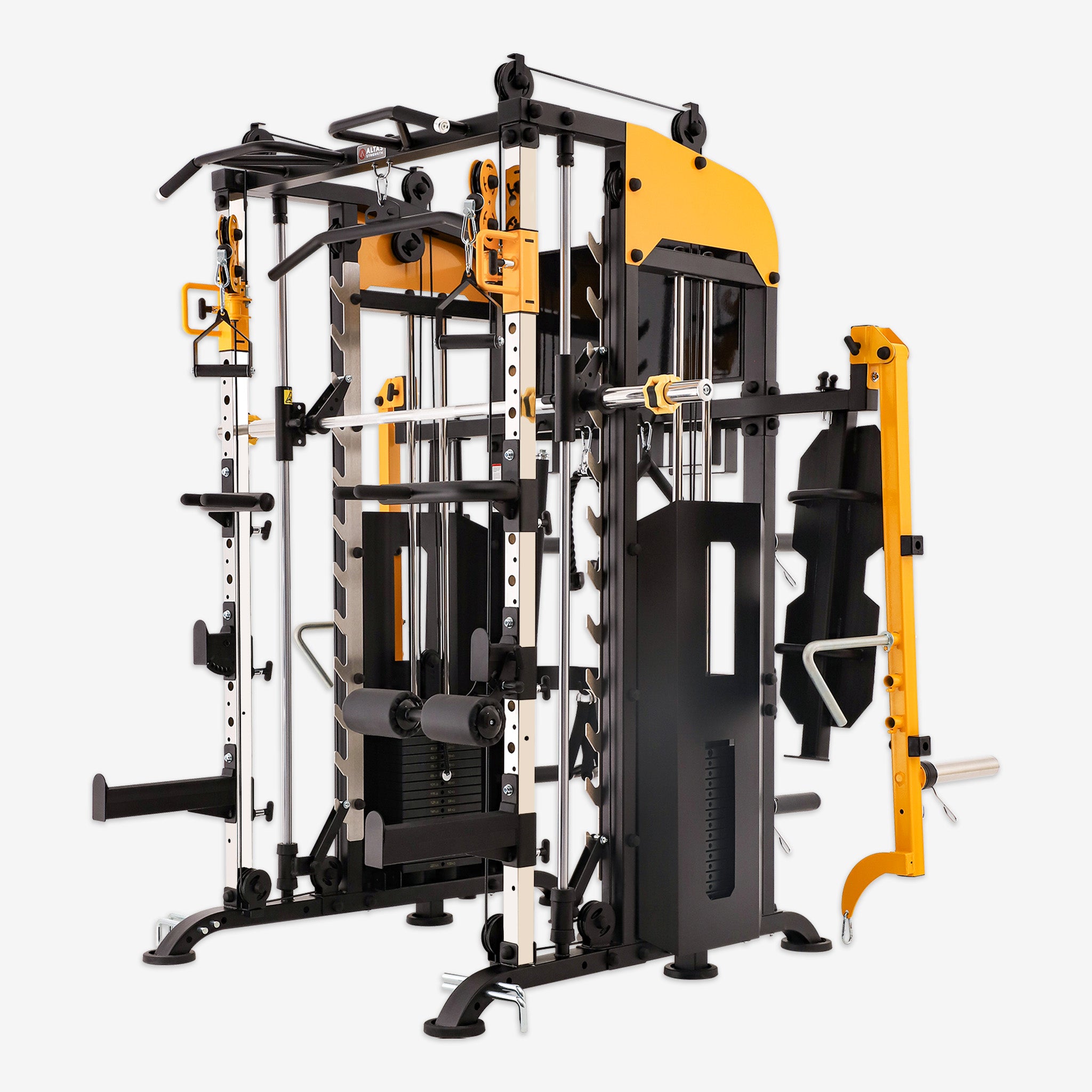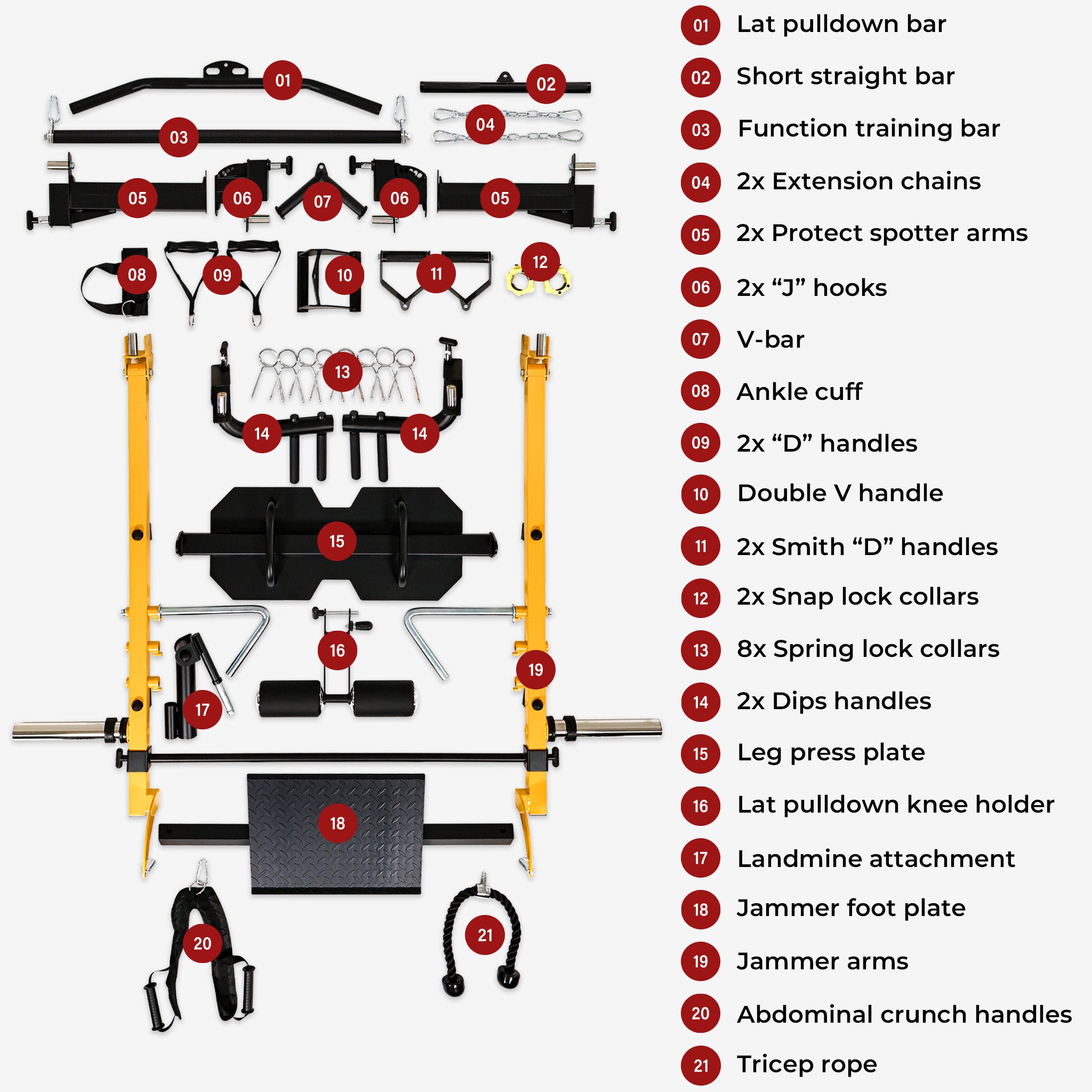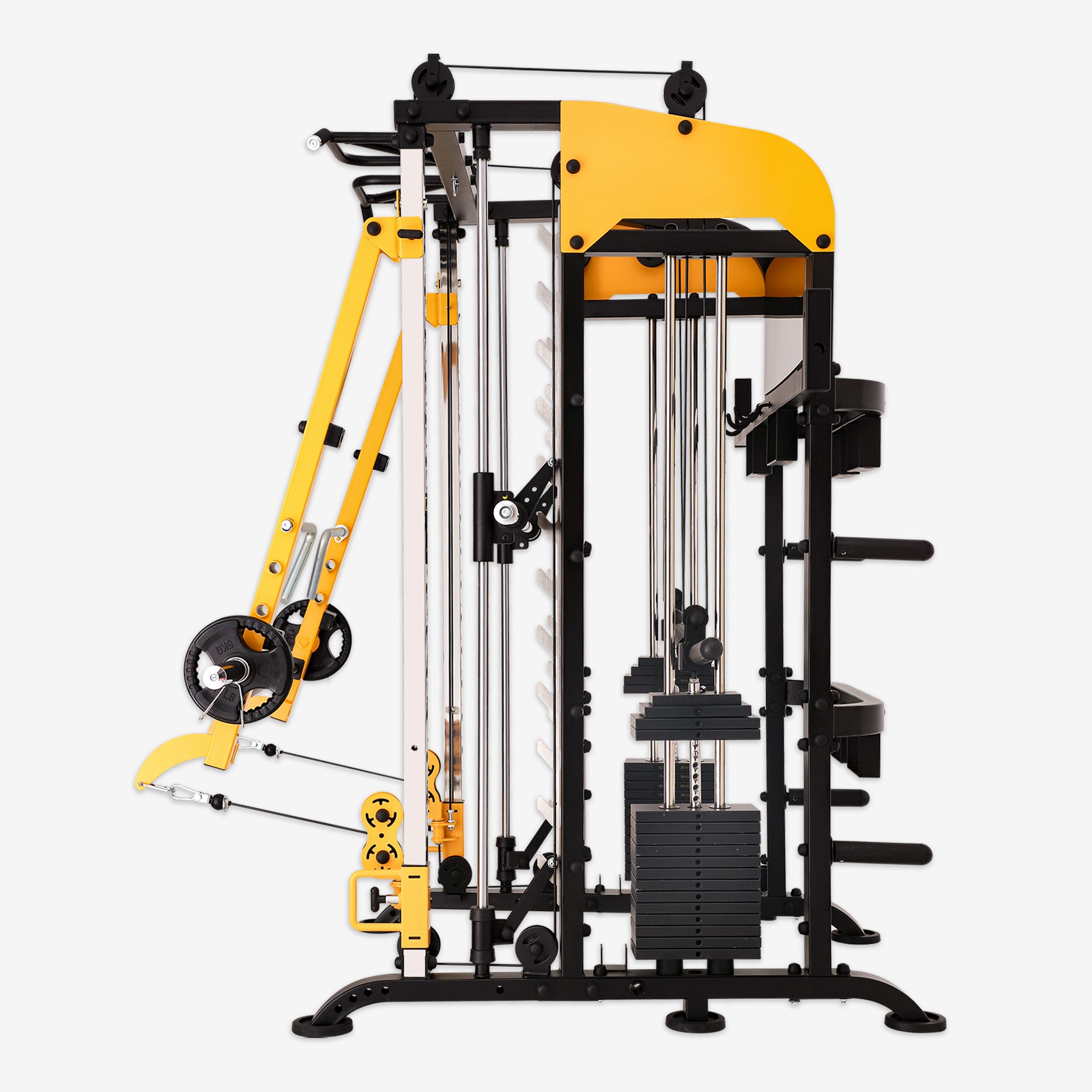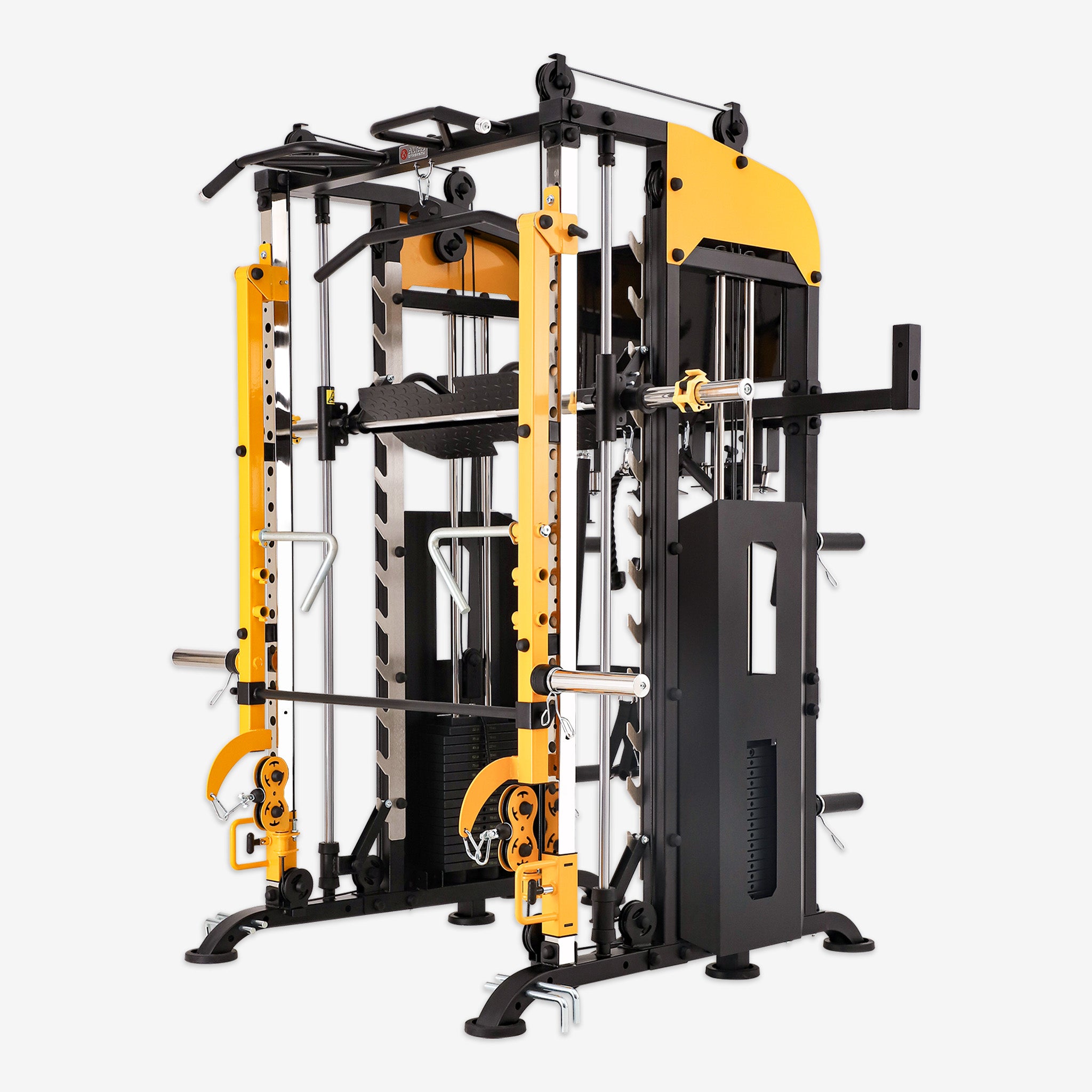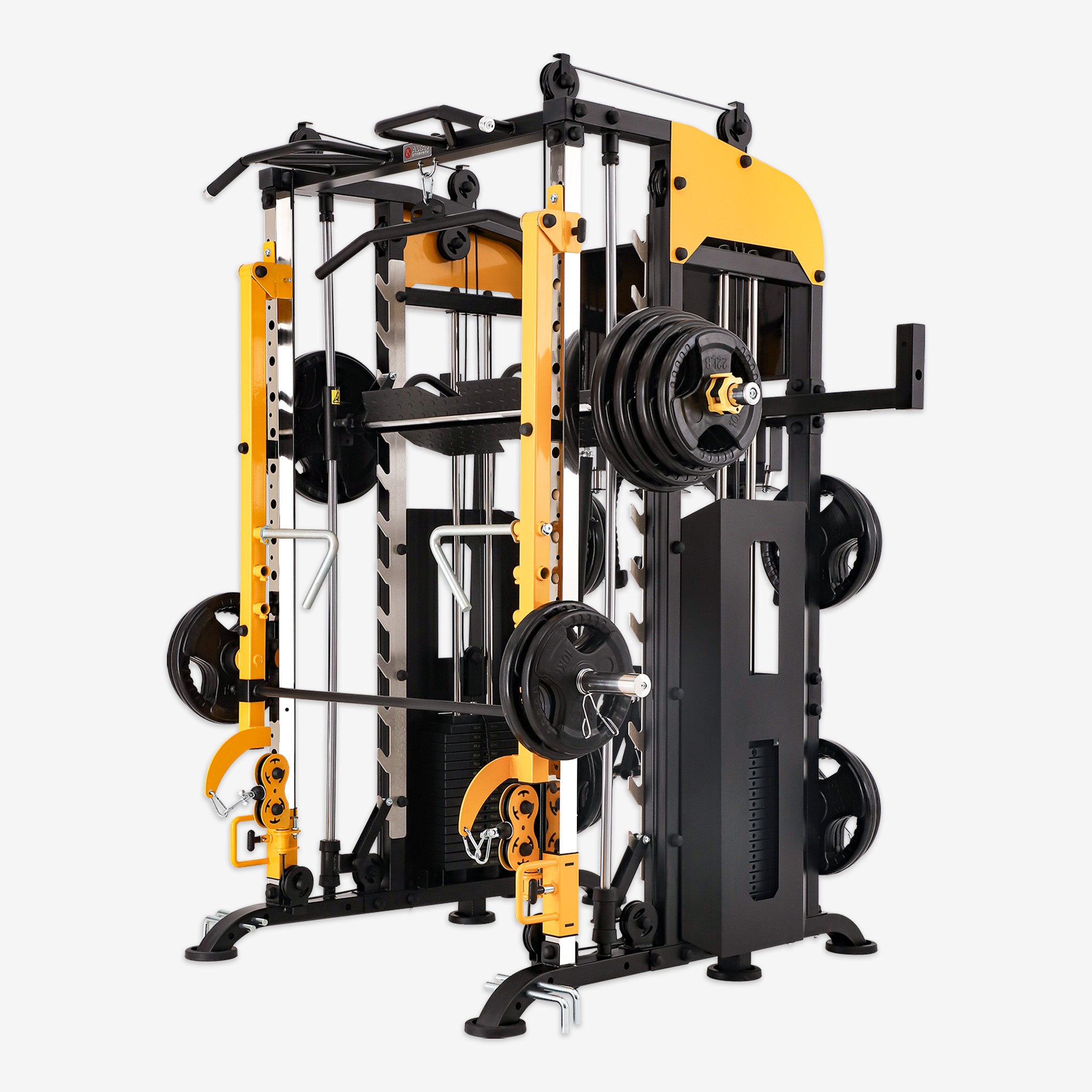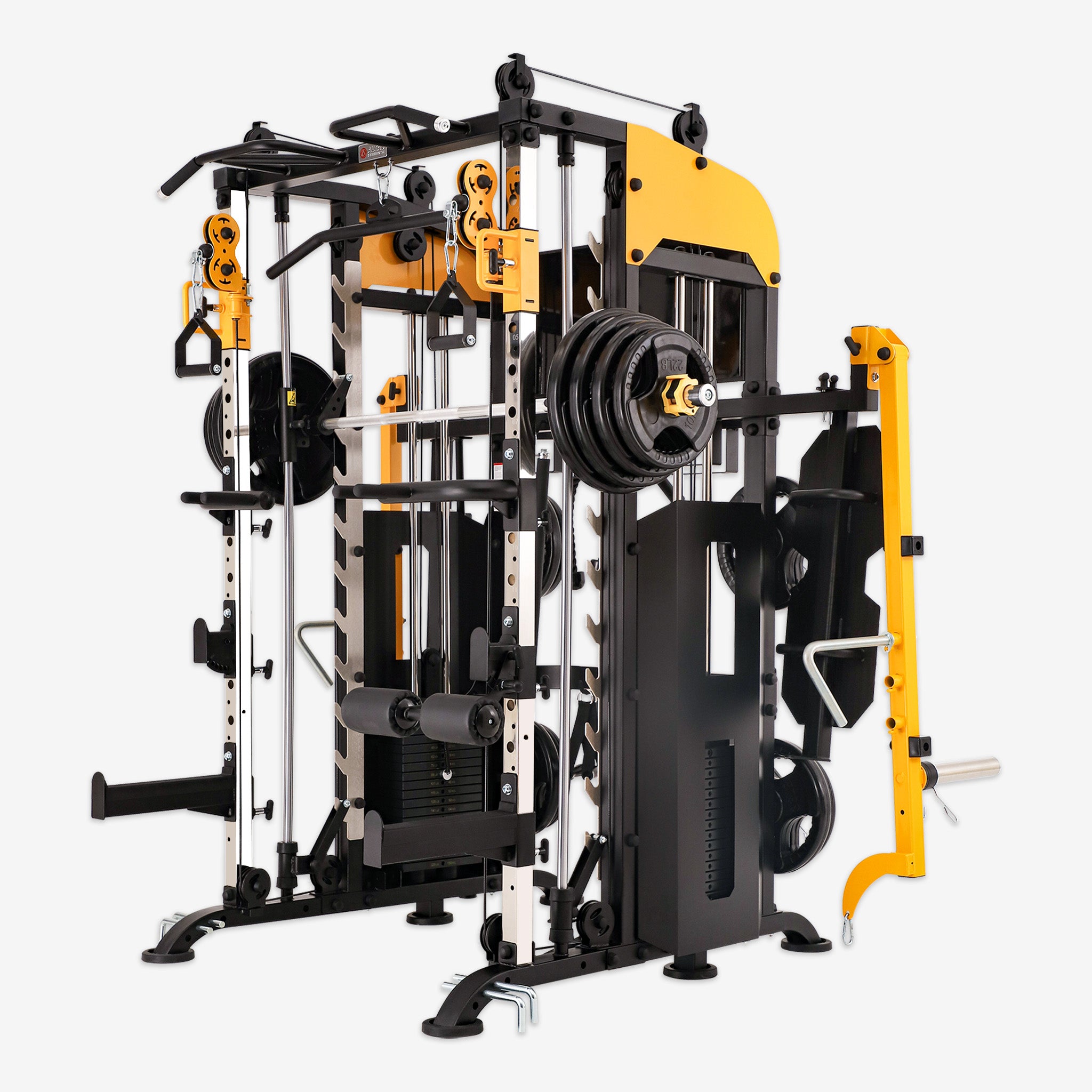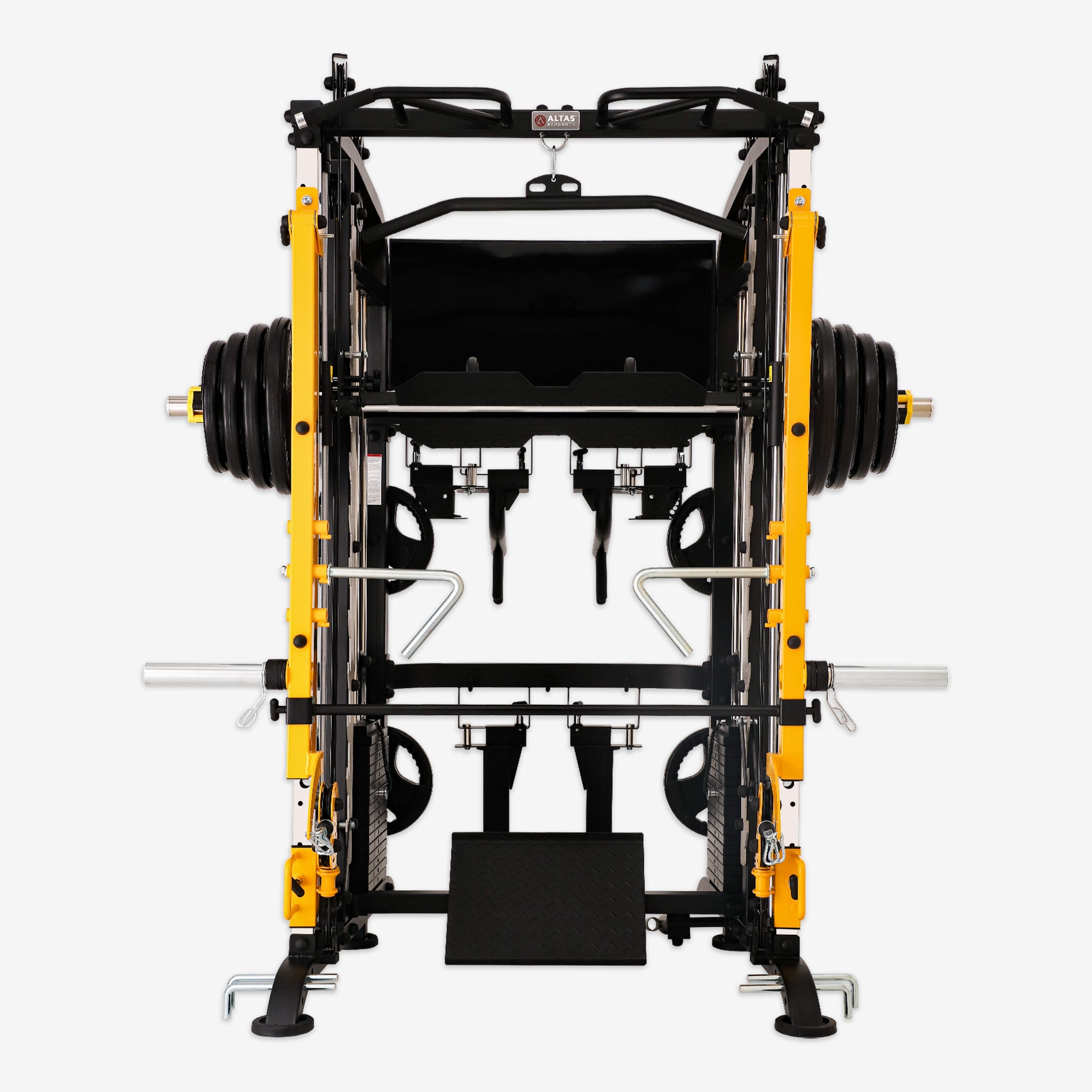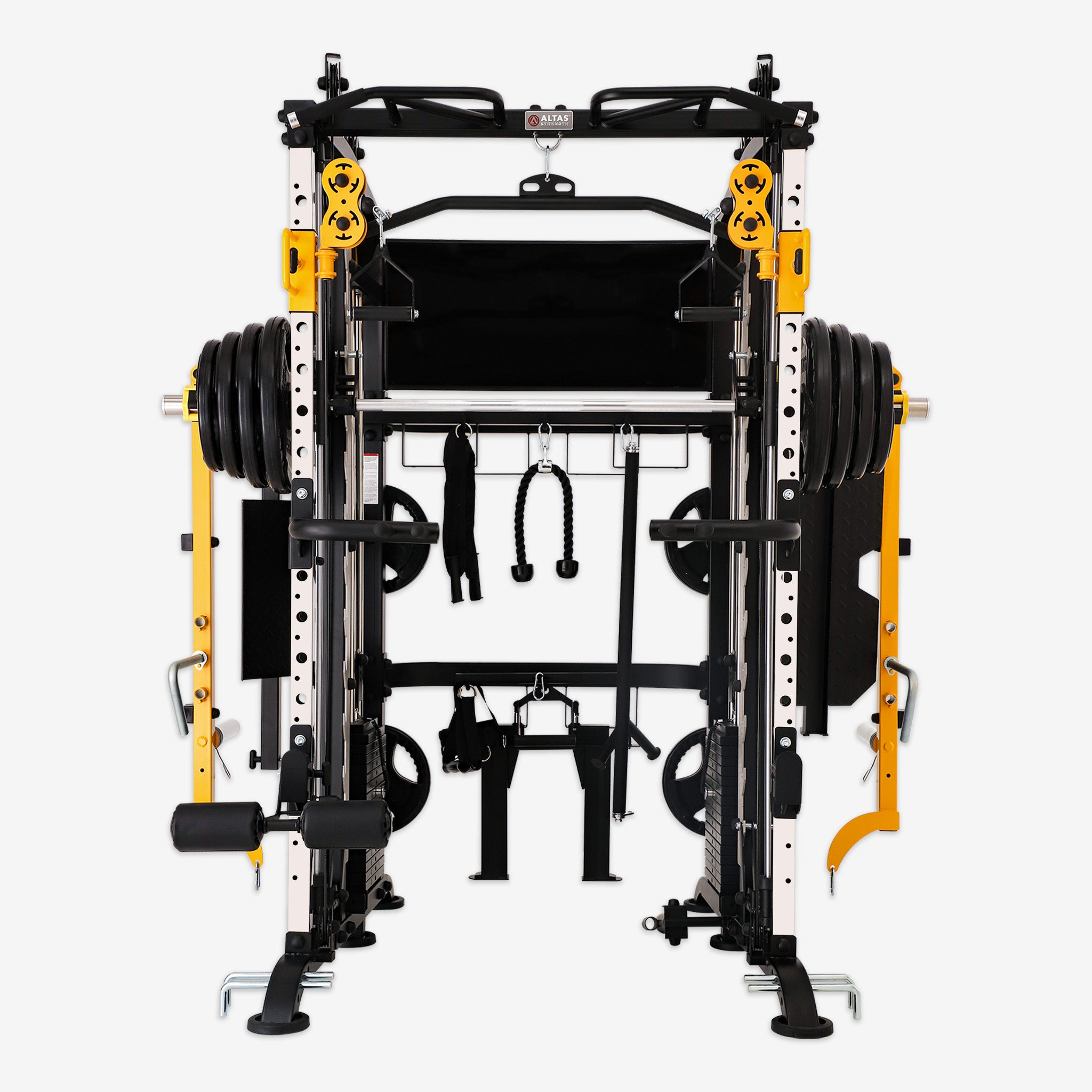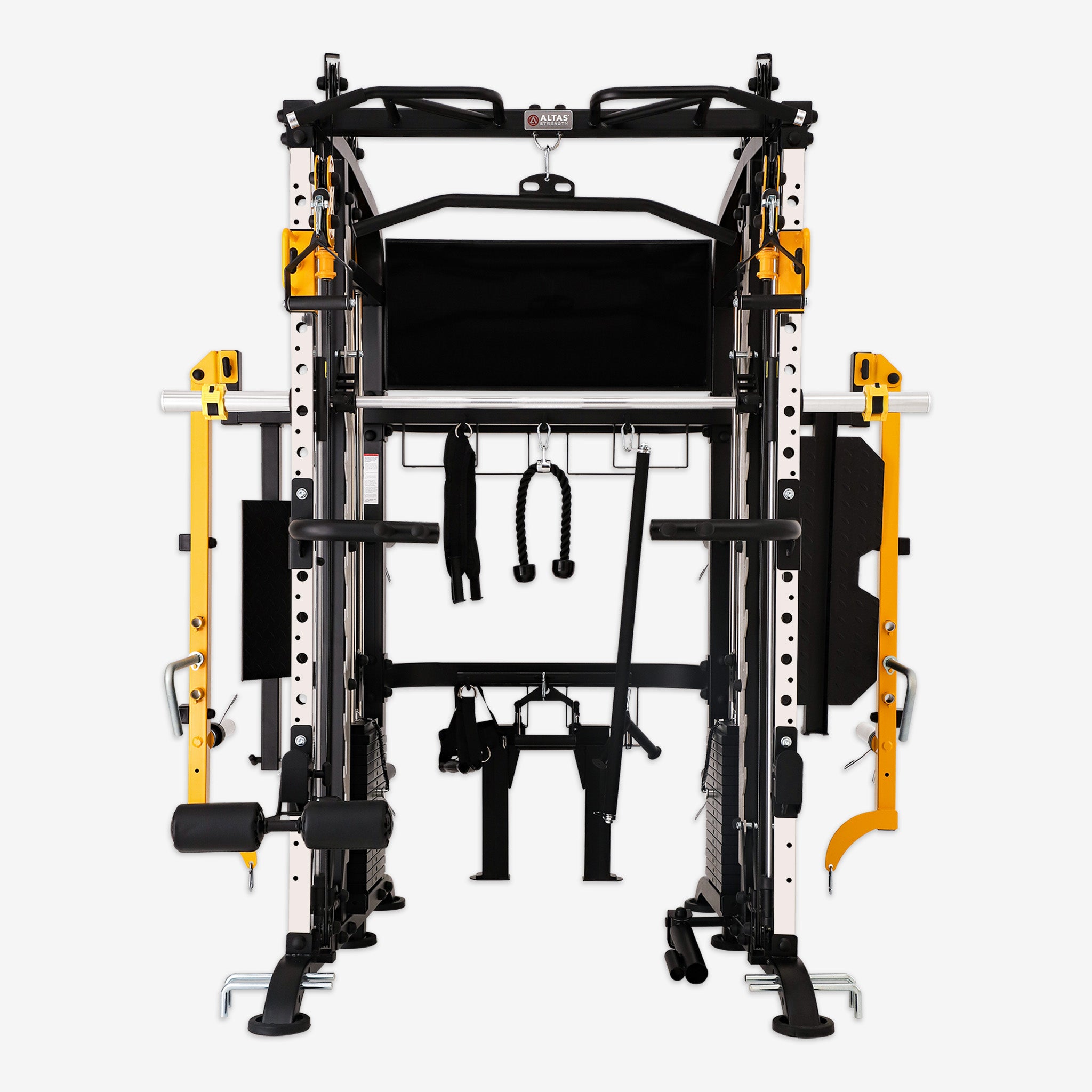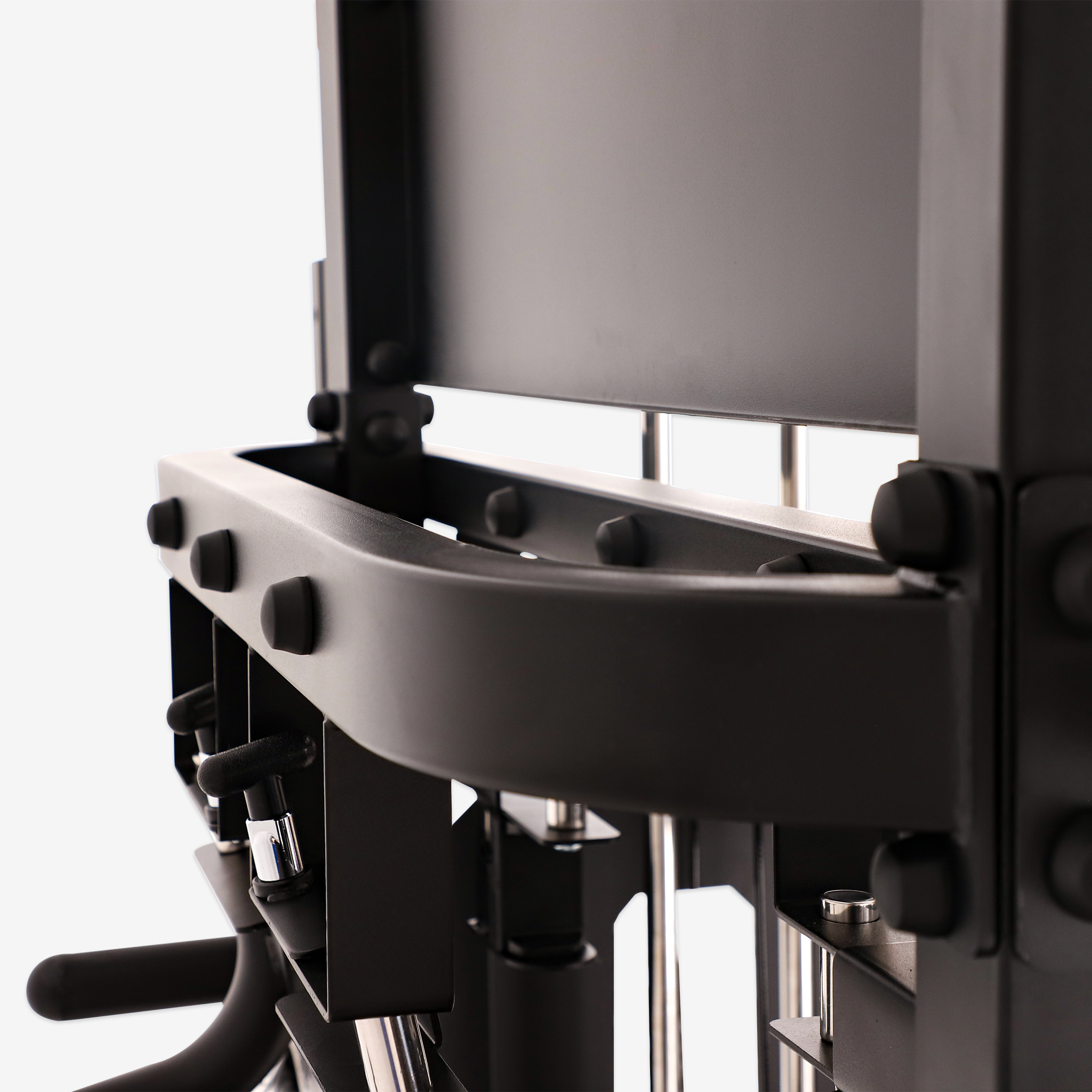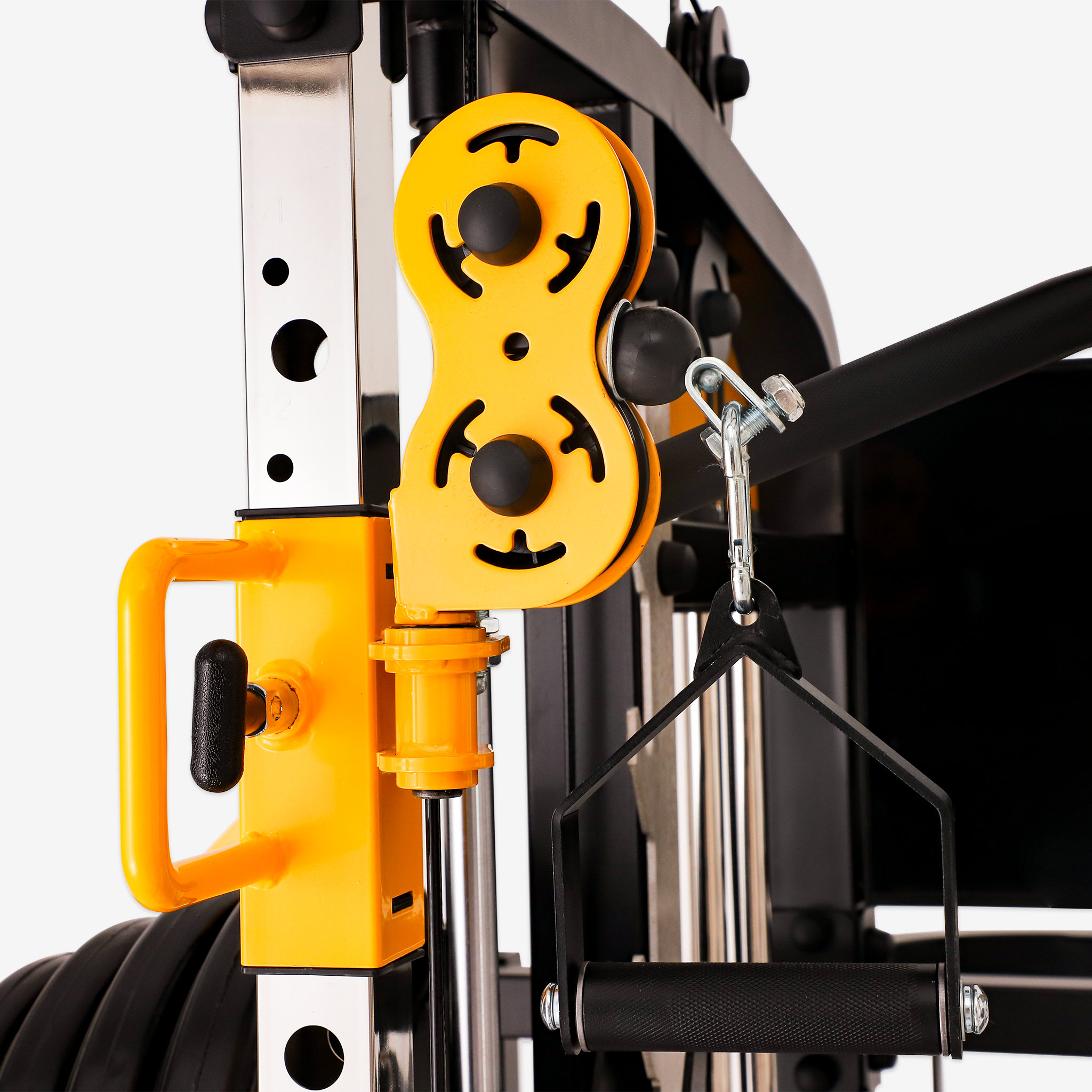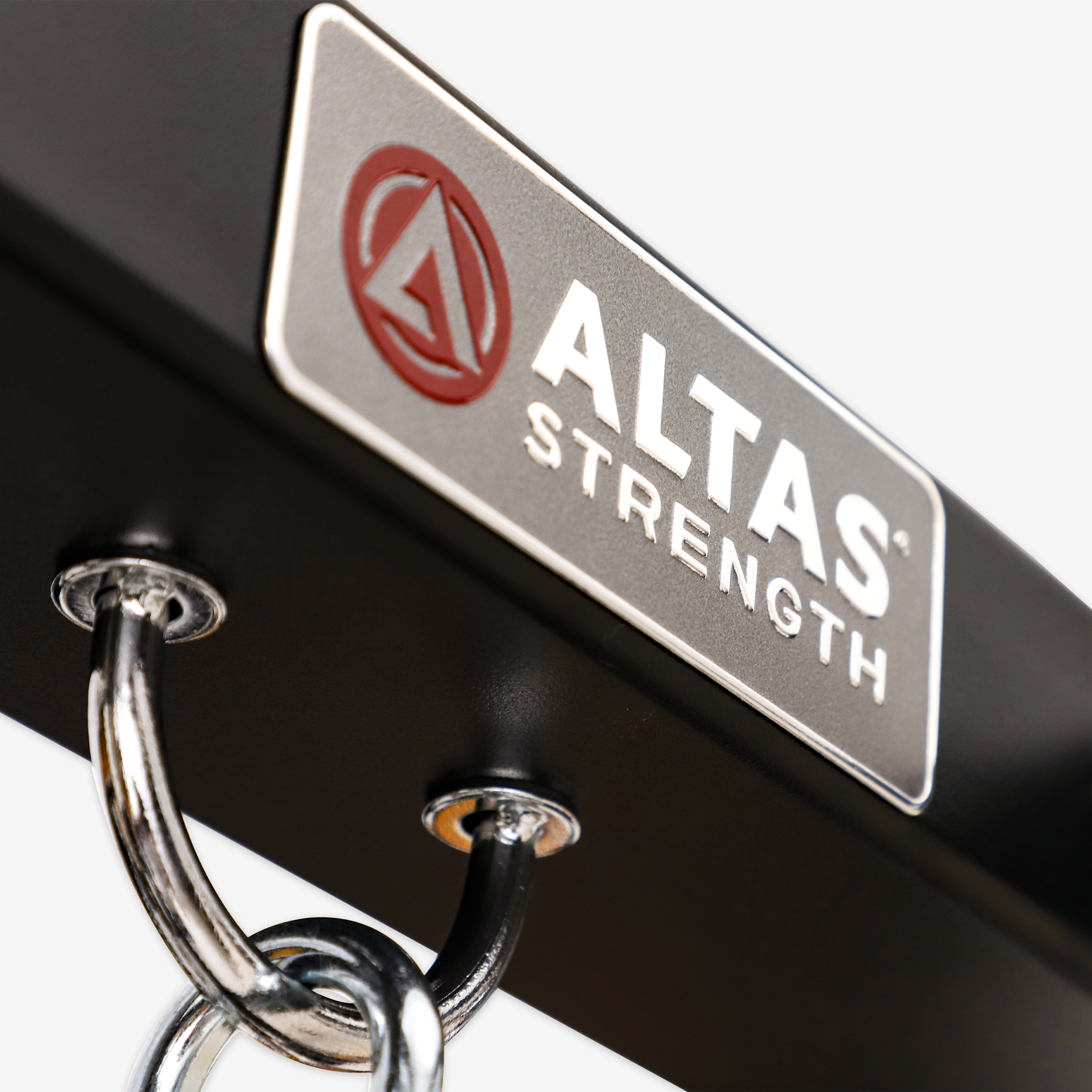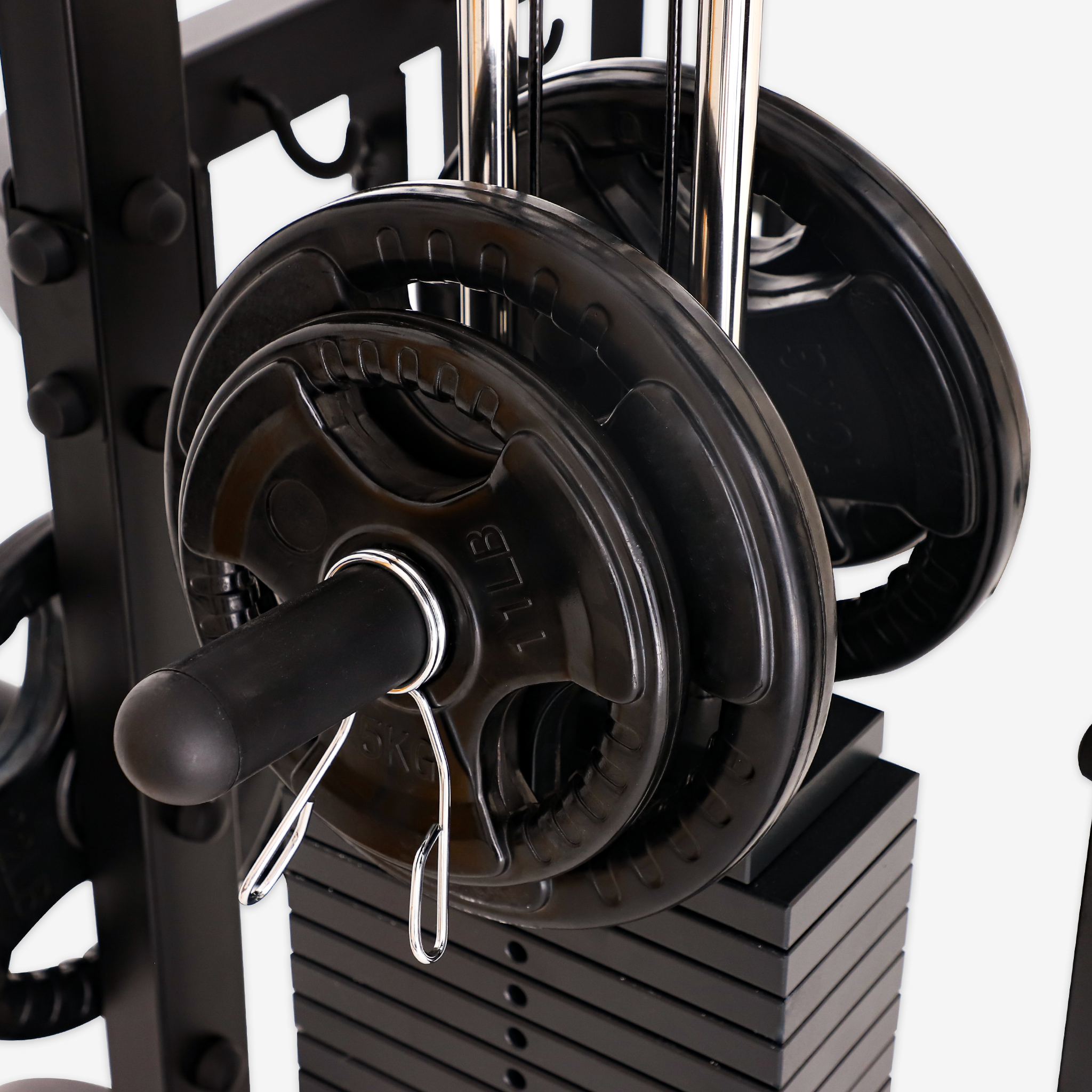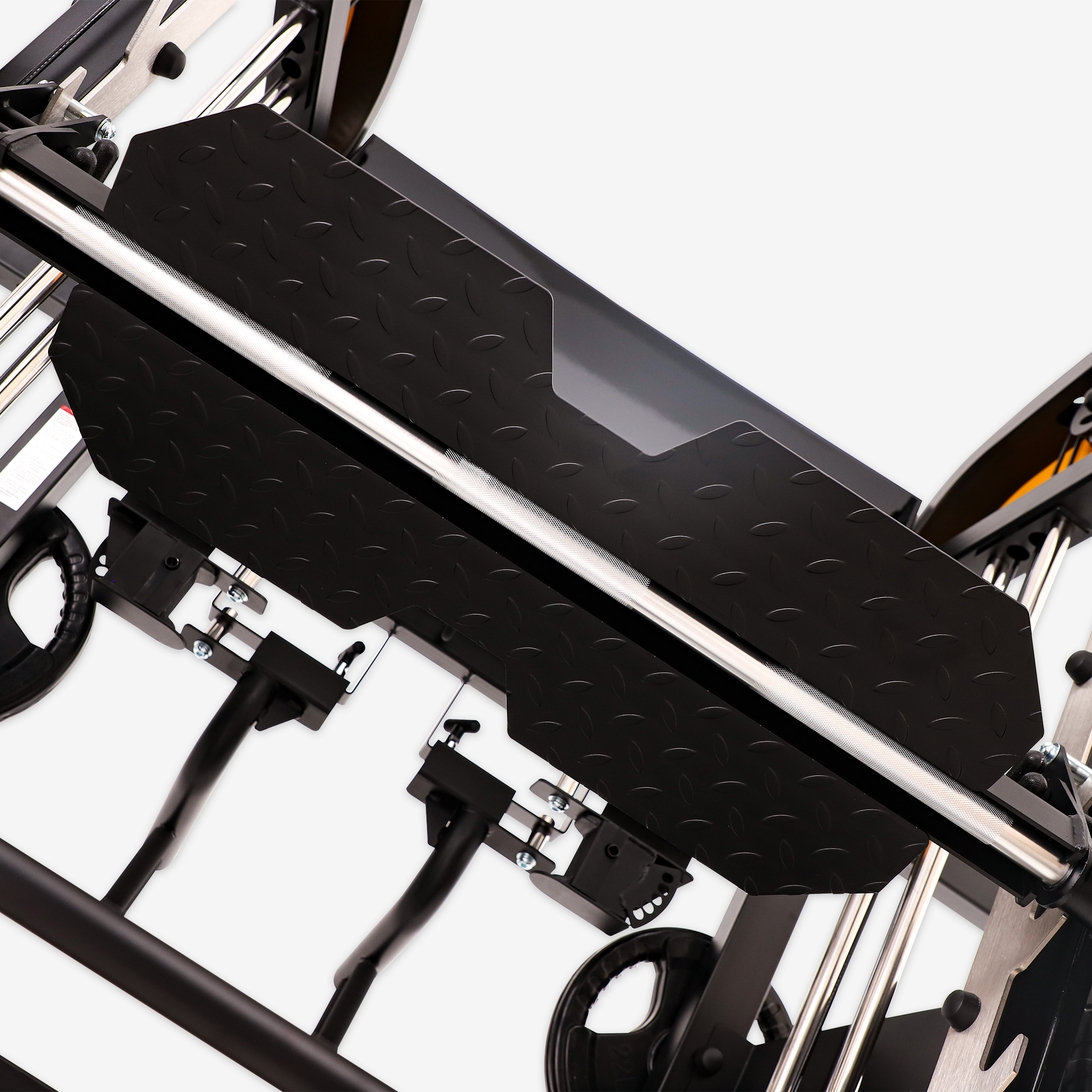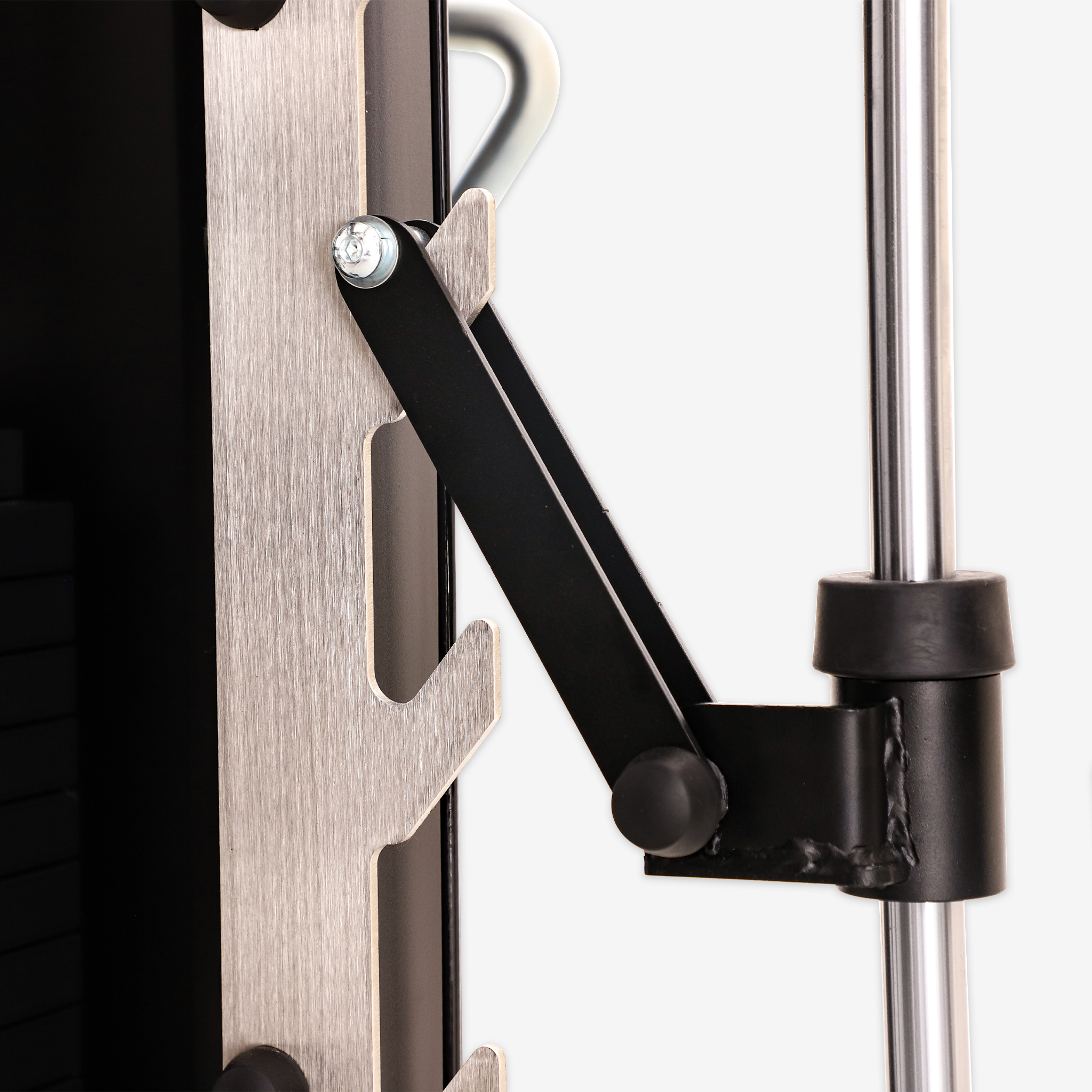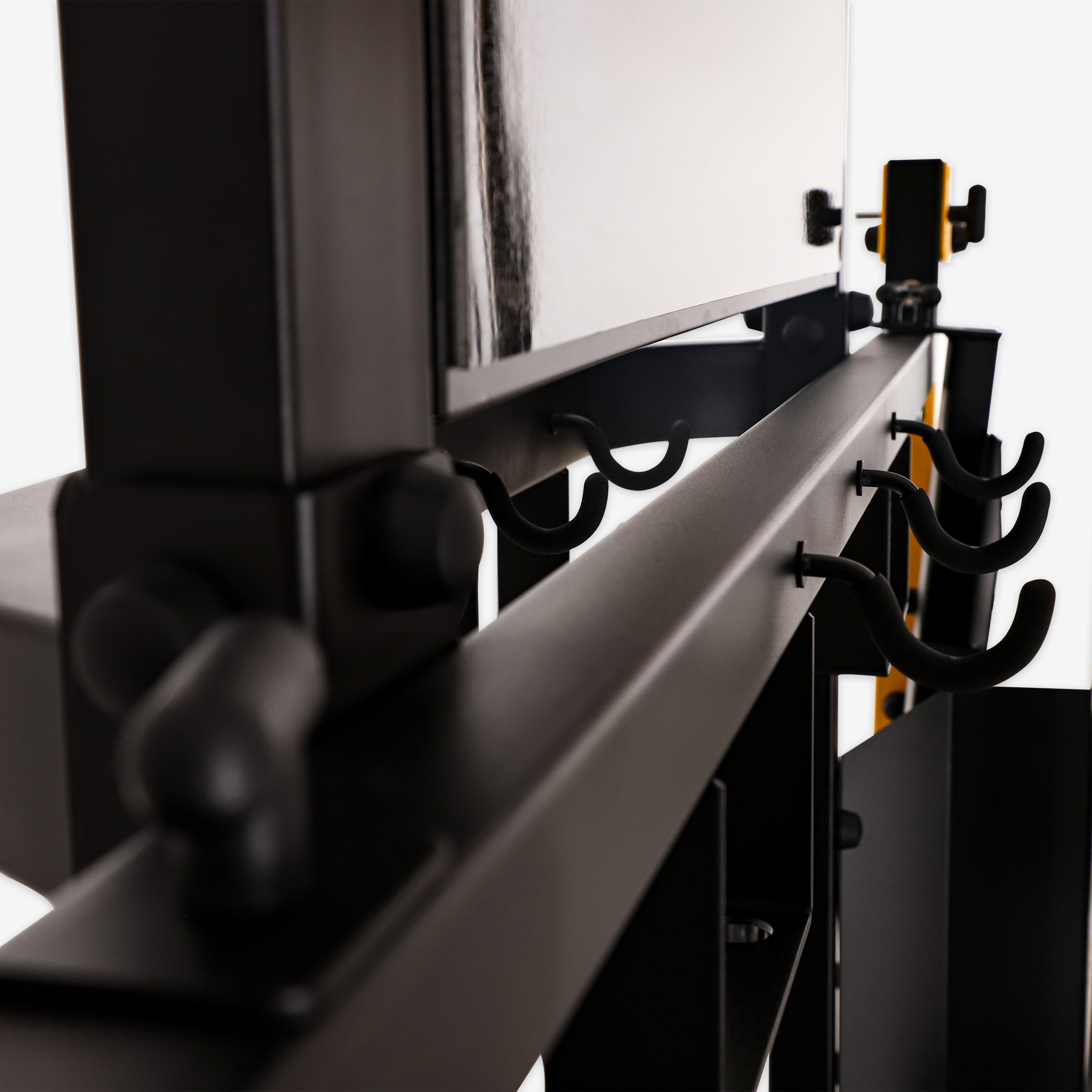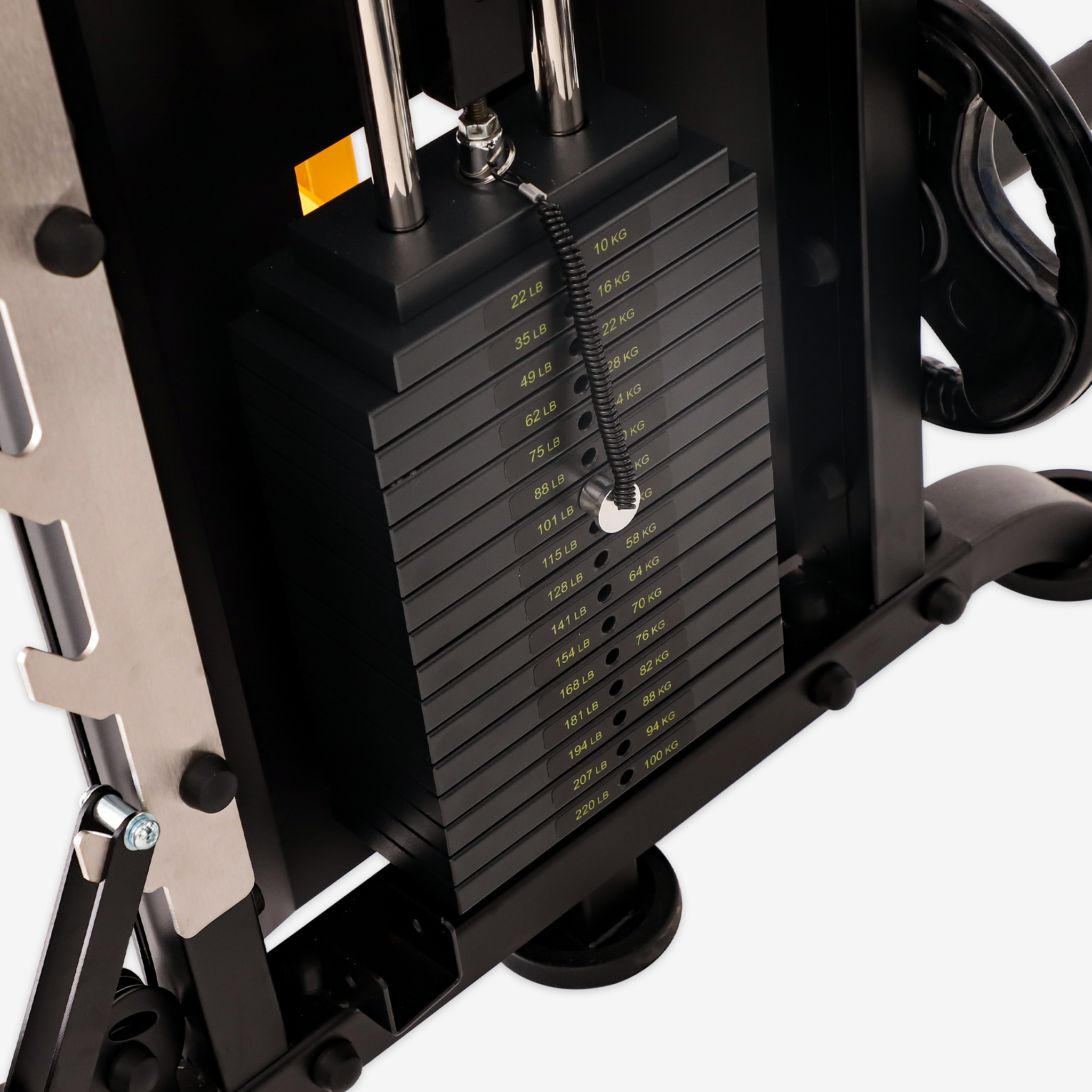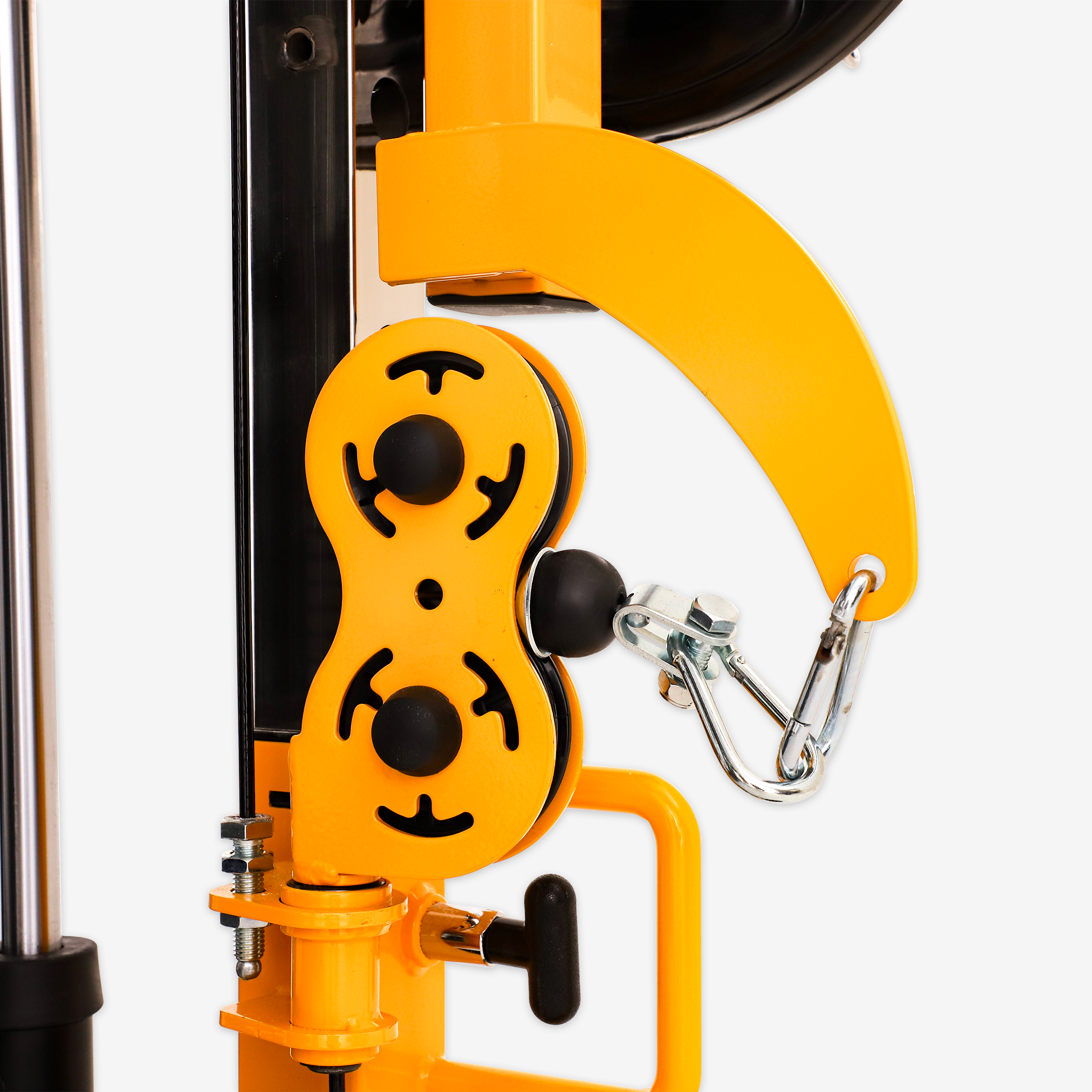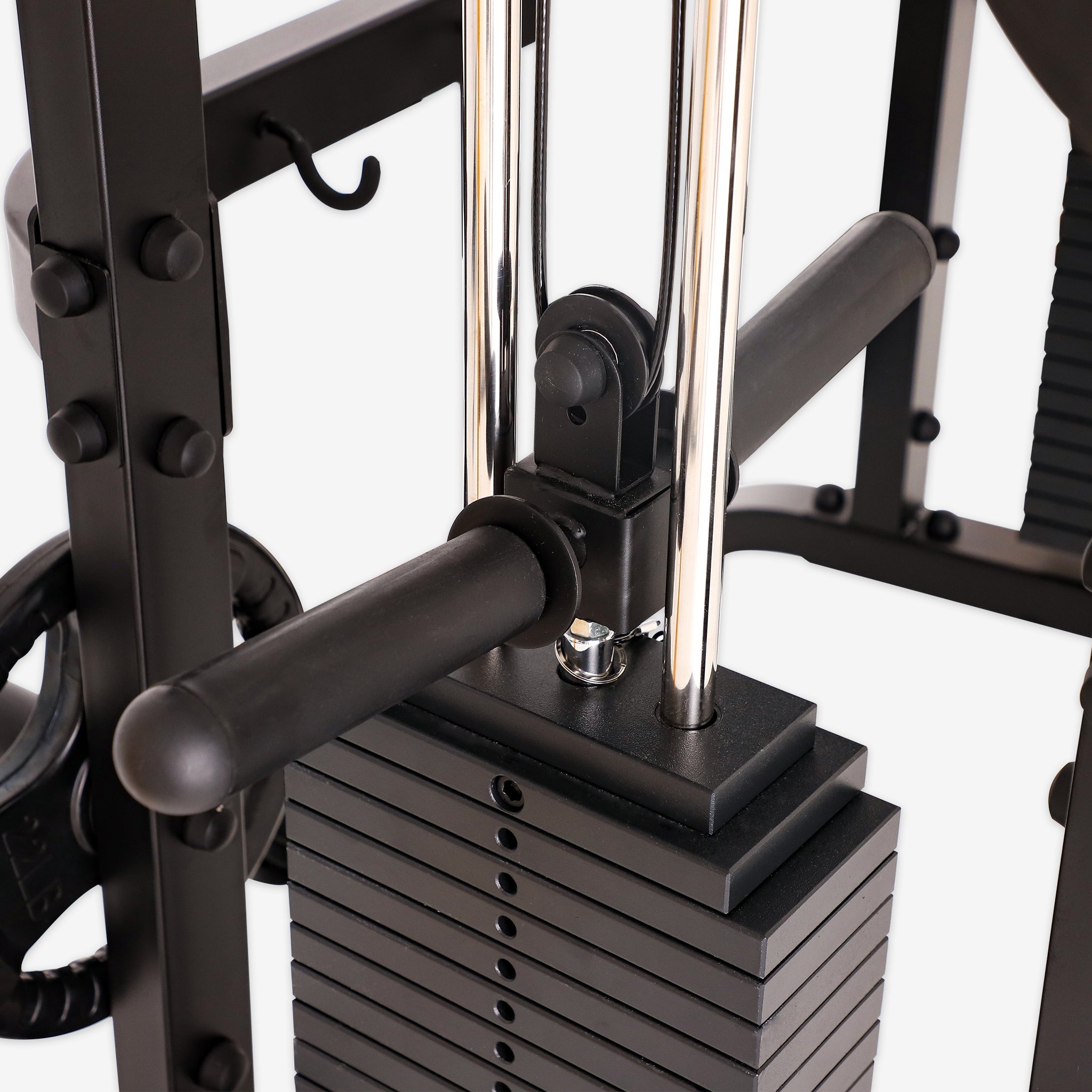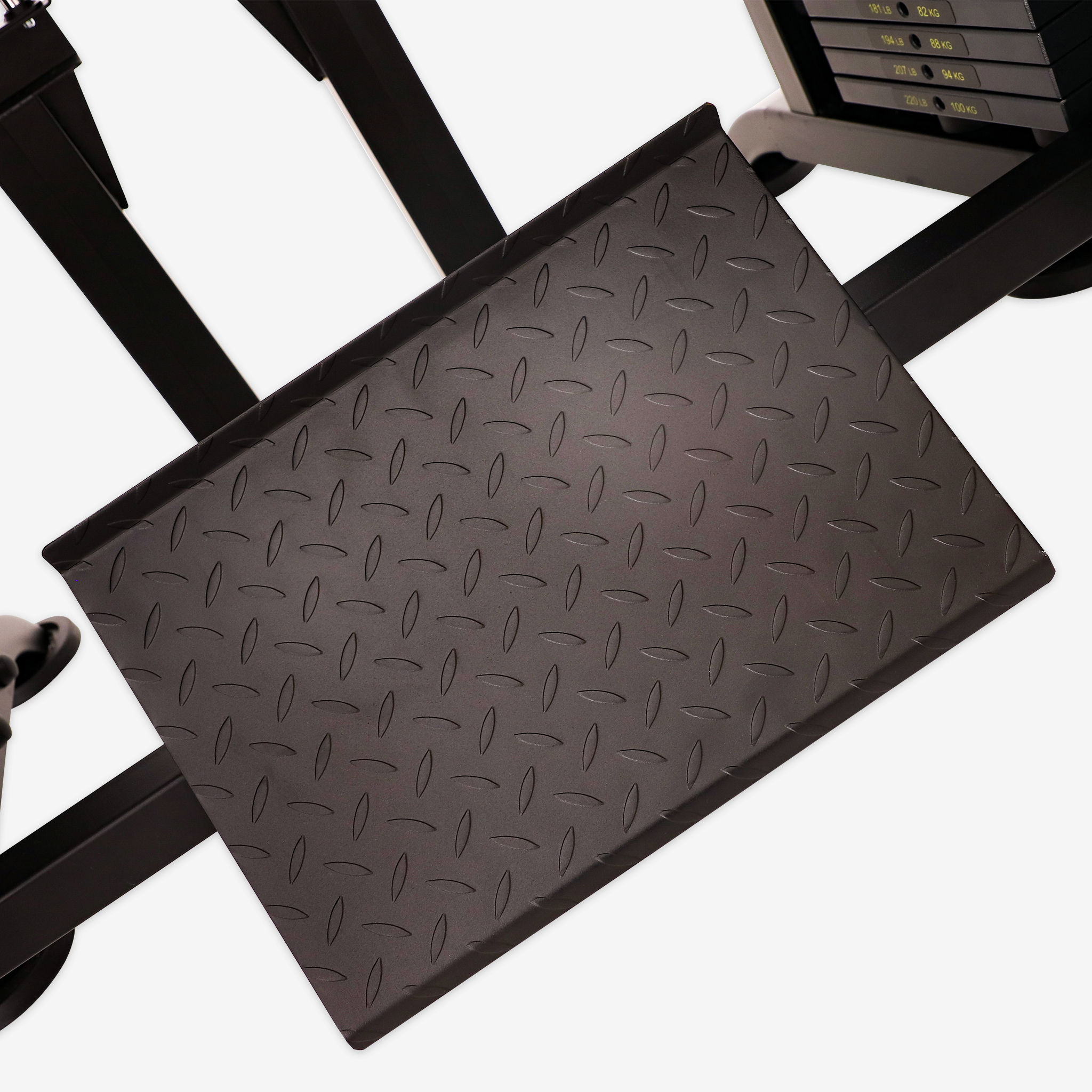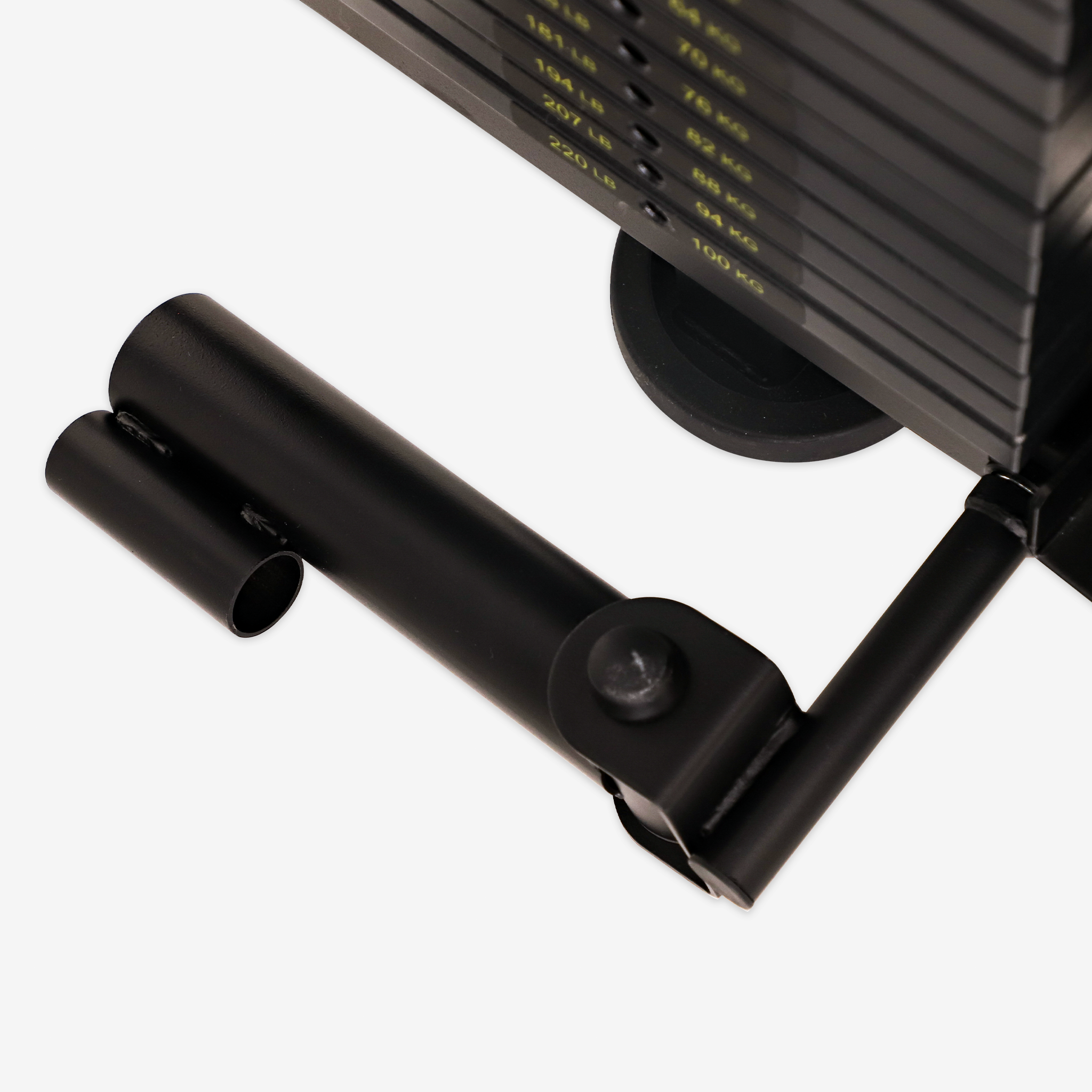Introduction
The evolution of fitness equipment reflects humanity's continuous pursuit of a healthier lifestyle. From basic wooden treadmills in the 19th century to today's smart, high-tech machines, gym equipment has transformed the way people exercise. Understanding this evolution helps us appreciate the benefits of modern fitness tools and how they contribute to personal and public health.
1. The History and Development of Fitness Equipment
Early fitness equipment was simple, manually operated, and had limited functions. The 19th-century wooden wheel treadmill is a prime example, focusing more on endurance training than efficiency. As technology advanced, so did fitness equipment—evolving from mechanical resistance machines to sophisticated, AI-driven exercise systems that track performance and optimize workouts.
2. Types and Core Functions of Fitness Equipment
Fitness equipment can be categorized based on training goals and settings:
- Aerobic Equipment: Treadmills, elliptical trainers, and rowing machines improve cardiovascular health and aid fat-burning. Adjustable incline and resistance settings help enhance endurance and workout intensity.
- Strength-Training Equipment: Free weights like dumbbells and barbells develop coordination and muscle strength, while fixed-weight machines provide guided movements for safer training, especially for beginners.
- Functional Training Equipment: Suspension straps, battle ropes, and agility ladders improve explosive power, flexibility, and core strength, ideal for high-intensity workouts.
- Rehabilitation and Assistive Equipment: Yoga balls, resistance bands, and foam rollers aid in post-exercise recovery, muscle relaxation, and mobility enhancement.
3. Choosing the Right Fitness Equipment
Selecting gym equipment should align with personal fitness goals, available space, and budget:
- For Weight Loss: Opt for treadmills, stationary bikes, or rowing machines for effective calorie burning.
- For Muscle Building: Combine free weights with guided strength machines for balanced training.
- For Small Spaces: Foldable and multi-functional home gym equipment is ideal for compact living areas.
- For Professional Gyms: Durable, commercial-grade machines ensure long-term performance and high user capacity.
4. Safe and Effective Use of Gym Equipment
Proper usage is key to preventing injuries and maximizing results:
- Beginners: Warm up before workouts, follow proper form, and start with light weights or resistance levels. For example, when bench pressing, keep your shoulder blades retracted to maintain a stable posture.
- Advanced Users: Implement techniques like eccentric contraction control, slowing down movement phases for maximum muscle engagement. In aerobic training, alternating between high and low intensities enhances endurance and fat loss.
5. Fitness Equipment’s Impact on Public Health
With the rise of the "national fitness" movement, public and home gym equipment is more accessible than ever. Community parks feature outdoor exercise stations, while schools encourage physical activity through climbing frames and pull-up bars. Meanwhile, smart fitness innovations—like AI-driven resistance machines and virtual reality workouts—are shaping the future of personalized training.
Conclusion
From simple wooden devices to today’s intelligent fitness equipment, gym machines have continuously evolved to meet the growing demand for health and performance optimization. Whether you’re setting up a home gym or training at a professional facility, making informed choices and using equipment safely can help you achieve your fitness goals effectively.

